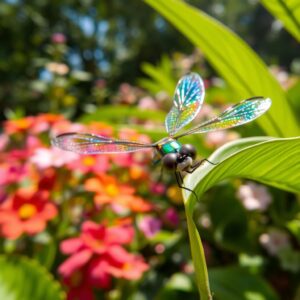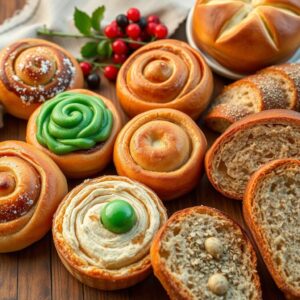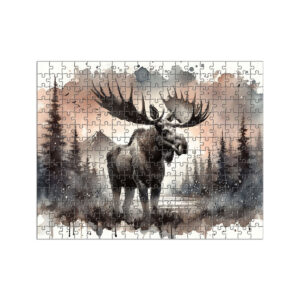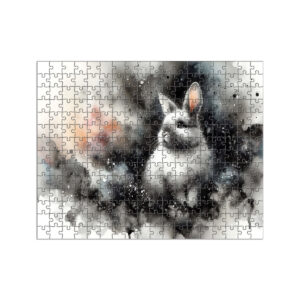
Explore & Play
Discover interesting topics and solve the accompanying crossword puzzle.
Flock Crossword | Farm Animals
Table of Contents
At the start of this blog post, you’ll find an engaging Flock crossword puzzle that offers a fun way to test your knowledge of farm animals and related terms. Feel free to dive into the crossword first and then explore our detailed article for additional insights. If you’re less familiar with the topic, you might prefer to read the article first and return to the crossword for a more comprehensive understanding. Enjoy learning and testing your knowledge!
Flock Crossword
You can either fill in the crossword puzzle directly on this page or click the button in the bottom right corner to print it for free.
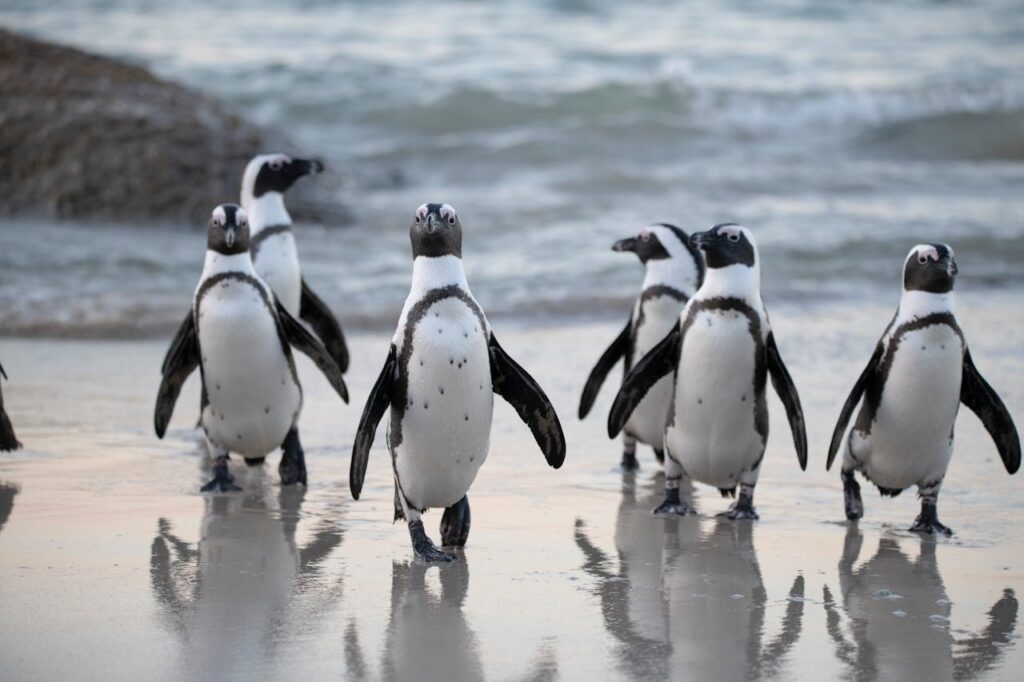
Farmyard Tales: A Closer Look at the Lives of Domestic Animals
From the humble sheep in its pasture to the majestic stallion in its stable, the world of farmyard animals is as diverse as it is fascinating. This article takes you on a journey through the lives of various domestic animals, their behaviors, habitats, and their roles in rural life. As you read, you’ll discover insights into animals like sheep, cattle, horses, and more. To make your learning experience even more engaging, we’ve included a crossword puzzle featuring terms related to these animals. Test your knowledge and see how many of these terms you can identify!
Section 1: The World of Farm Animals: An Overview
Farm animals, from the smallest chicks to the largest oxen, have unique roles and characteristics that shape the dynamics of rural life. They provide us with food, clothing, and companionship while also helping to maintain the balance of our ecosystems. In this section, we’ll explore the different types of farm animals, their behaviors, and their contributions to farm life.
Subsection 1.1: Sheep and Their Keepers
Sheep, one of the most ancient farm animals, have long provided humans with wool, meat, and milk. A ewe is a mature female sheep, while a ram is a male. Together, they produce lambs, the young sheep that are often raised for their meat or wool. The flock, a group of sheep, grazes together on pastures, which are crucial for their diet. Shearing, the process of cutting off a sheep’s wool, is an essential task for shepherds, who also manage the flock’s health and safety. The role of a shepherd or shepherdess is vital in ensuring that the sheep are well-cared for and that the pasture remains in good condition.
Subsection 1.2: Cattle, Their Care, and Contributions
Cattle, with their mighty presence, are indispensable to farms around the world. Terms such as cattle, calf, heifer, and bull describe the various stages and types of these animals. A herd of cattle is typically managed in pastures or barns, depending on the season. Cattle are essential for producing milk and beef, and their manure can be used as fertilizer, benefiting the farm’s soil. The behavior of cattle, including their tendency to herd together, influences their management and care on the farm.
Subsection 1.3: The Grace and Power of Horses
Horses, whether grazing in the fields or racing on tracks, bring both beauty and utility to the farm. Terms such as colt (a young male horse), mare (an adult female), and stallion (an adult male) describe the different stages and genders of horses. A foal is a young horse that is still dependent on its mother. Horses are used for various tasks, from plowing fields to transporting goods, and their care involves ensuring they have proper shelter and nutrition.
Section 2: Understanding the Bird Life on the Farm
Beyond mammals, farms are home to a rich variety of birds, each with its unique characteristics and roles. Birds such as chickens, ducks, and geese contribute to farm life in many ways. Their behaviors, from pecking at the ground to brooding over their eggs, play a significant role in their daily routines.
Subsection 2.1: The Chicken Coop: A World of Its Own
Inside the coop, chickens lead busy lives, from pecking at grains to brooding over their eggs. A rooster is the male chicken, known for its crowing at dawn, while a hen is a female chicken that lays eggs. The chick is a newly hatched bird that relies on its mother for warmth and protection. The social structure within a flock of chickens ensures that each bird has its place and role.
Subsection 2.2: The Role of Aviaries and Roosts in Farm Life
Aviaries and roosts provide essential shelter for the farm’s feathered residents. An aviary is a large enclosure for birds, allowing them space to fly and socialize. Roosts are elevated perches where birds rest, often at night. An eyrie, a term for a bird’s nest built high up, is another example of a bird’s nesting behavior. These structures help maintain the health and safety of birds, protecting them from predators and harsh weather.
Section 3: Unusual Farm Animals: Llamas, Alpacas, and More
Beyond the typical sheep and cattle, some farms host less common but equally fascinating animals like llamas and alpacas. These animals bring unique qualities to the farm, from their fiber to their roles as pack animals.
Subsection 3.1: The Llama and Alpaca: Fiber Producers with Personality
Llamas and alpacas, with their soft, luxurious coats, bring a unique charm to any farm. Both are known for their fiber, which is used in textiles. Llamas are larger and often used as pack animals, while alpacas are prized for their fine wool. Their gentle nature and low maintenance requirements make them popular choices for farms looking to diversify.
Subsection 3.2: Mules and Their Role in Farming
Mules, often overlooked, are invaluable for their strength and endurance. A mule is a hybrid between a horse and a donkey, combining the best traits of both animals. Mules are used for carrying loads and working in rough terrain, making them essential in many farming operations. Their resilience and versatility are key advantages on the farm.
Section 4: Spaces and Structures: Where Farm Animals Live and Thrive
Every farm animal needs a safe, comfortable place to call home, from the barn to the pasture. Properly designed spaces help ensure the well-being of farm animals and support their daily activities.
Subsection 4.1: Barns, Pens, and Corrals: Containing the Herds
Barns, pens, and corrals are more than just structures; they are essential for the wellbeing of farm animals. A barn provides shelter and storage for feed, while pens and corrals are used to manage groups of animals, like cattle or horses. These spaces must be designed to accommodate the animals’ needs and protect them from the elements.
Subsection 4.2: Pastures: The Open Spaces for Grazing
Pastures provide the vast, open spaces that many farm animals need to graze and roam. A pasture is a field covered with grass where animals can feed. Proper management of pastures is crucial to maintaining healthy grazing conditions and ensuring that animals have enough food and exercise.
Section 5: The Human Touch: Roles and Tools in Farm Animal Care
Behind every thriving farm is a dedicated team of humans who manage and care for the animals. From shepherds to graziers, these individuals play a crucial role in ensuring the animals’ health and productivity.
Human roles include managing the animals’ diet, health, and living conditions. Tools and techniques such as shearing (for sheep), herding (for cattle and sheep), and regular feeding are integral to maintaining farm operations. These efforts ensure that animals are well-cared for and that the farm runs smoothly.
Celebrating the Diversity of Farm Life
From the busy barnyard to the quiet pastures, farm life offers a window into a world where humans and animals coexist in harmony. Understanding the various roles and behaviors of farm animals enriches our appreciation of rural life and the complexities of animal care.
To see how much you’ve learned about farmyard animals and their terms, try out our crossword puzzle! It’s a fun way to test your knowledge and see how many of these fascinating terms you can remember.
Share to...
I hope you enjoy the content.
Want to receive our daily crossword puzzle or article? Subscribe!
You may also be interested in
Share to…
Want to receive our daily crossword puzzle?
-
Jigsaw Puzzles
Majestic Moose in Forest Watercolor Jigsaw Puzzle 250 | 300 | 500 Brikker
kr 348,00 – kr 439,00Price range: kr 348,00 through kr 439,00 Select options This product has multiple variants. The options may be chosen on the product page -
Jigsaw Puzzles
Lofoten Serenity: Abstract Puzzle 250 | 300 | 500 Pieces
kr 348,00 – kr 439,00Price range: kr 348,00 through kr 439,00 Select options This product has multiple variants. The options may be chosen on the product page -
Jigsaw Puzzles
Chinese Zodiac Rabbit Jigsaw Puzzle – Ink Art Series 250 | 300 | 500 Pieces
kr 348,00 – kr 439,00Price range: kr 348,00 through kr 439,00 Select options This product has multiple variants. The options may be chosen on the product page
